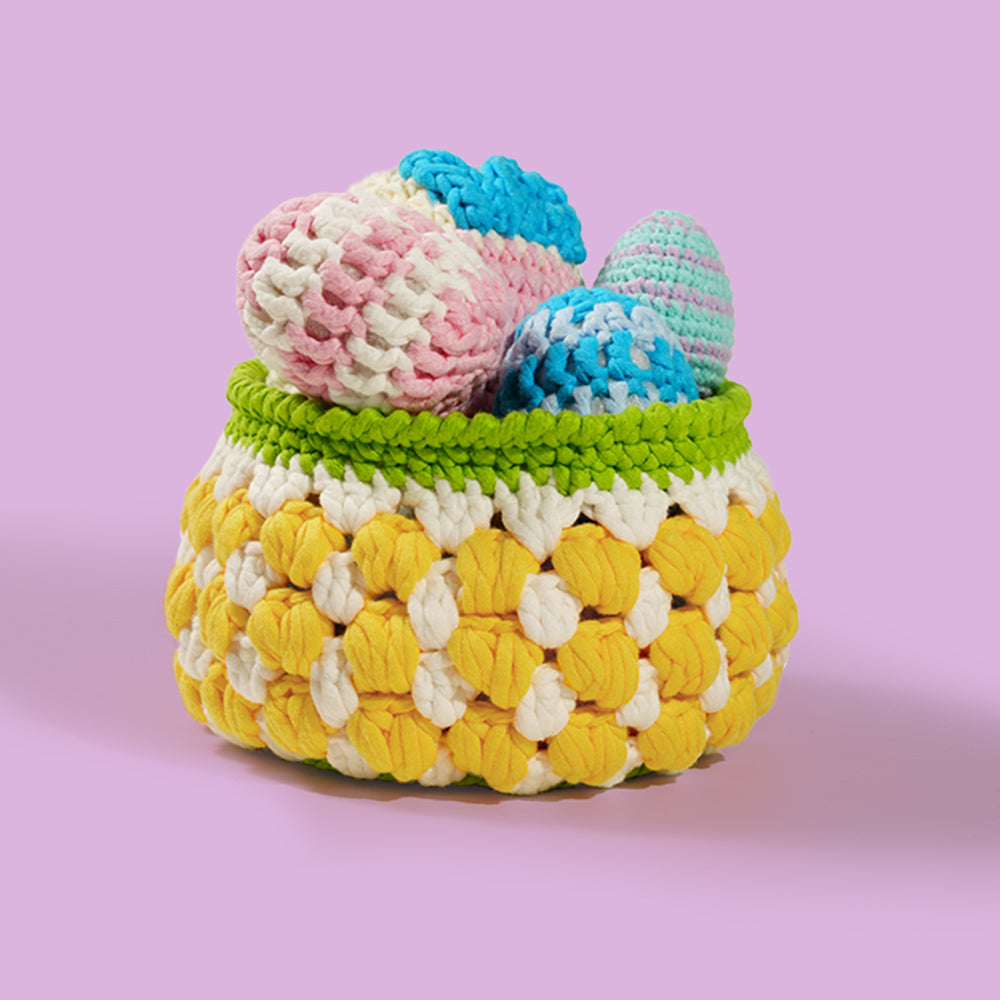Why Is My Crochet Curling? Troubleshooting Tips for Flat, Fabulous Projects
Hey there, fellow yarn enthusiast! If you've ever found yourself staring at your crochet project, wondering why it's curling up like a taco, you're not alone. Whether it's a cozy blanket, a cute scarf, or a simple dishcloth, curling edges can be a common frustration for many crocheters. But don't worry—this is a fixable issue, and with a little know-how, you can keep your projects flat and fabulous.
In this guide, we'll explore the top reasons why your crochet might be curling and share practical solutions to help you achieve a smooth, even fabric. So grab your hook, and let's dive in!
Understanding Crochet Curling
Before we tackle the solutions, let's understand why crochet projects curl in the first place. Curling typically occurs when the edges of your work turn inward, creating a rolled-up effect. This can happen for several reasons, often related to tension, stitch choice, or the foundation chain.
Common Causes of Crochet Curling
1. Tight Tension
One of the most common culprits behind curling is tight tension. If you're crocheting too tightly, your stitches pull on each other, causing the fabric to curl inward. This is especially noticeable with stitches like single crochet, which naturally create a denser fabric.
2. Foundation Chain Issues
The foundation chain sets the stage for your entire project. If it's too tight, it can cause the first few rows to pull in, leading to curling. Conversely, a foundation chain that's too loose can result in a wavy edge. It's essential to find a balance to ensure your project lays flat.
3. Inconsistent Stitch Height
Crocheting with varying stitch heights can lead to uneven tension, causing parts of your project to curl. For instance, alternating between single and double crochet stitches without proper planning can disrupt the fabric's balance.
4. Incorrect Hook Size
Using a crochet hook that's too small for your yarn can create tight stitches, leading to curling. On the other hand, a hook that's too large can result in loose stitches, affecting the overall structure. Always check the recommended hook size for your yarn and pattern.
5. Yarn Choice
The type of yarn you use can significantly impact your project's tendency to curl. Stiffer yarns, like 100% cotton, are more prone to curling, while softer yarns with better drape, like wool or acrylic blends, tend to lay flatter.
Solutions to Prevent and Fix Crochet Curling
Now that we've identified the common causes, let's explore some practical solutions to keep your crochet projects flat and even.
1. Adjust Your Tension
If you notice your project curling, try loosening your tension. Relax your grip on the yarn and hook, allowing the stitches to form more naturally. Practicing with scrap yarn can help you find a consistent, relaxed tension.
2. Use a Larger Hook for the Foundation Chain
To prevent curling from the start, use a crochet hook that's one or two sizes larger for your foundation chain. This creates a looser base, allowing the rest of your project to lay flatter. You can then switch back to the recommended hook size for the rest of the project.
3. Incorporate Taller Stitches
Stitches like double or treble crochet create a more open fabric that's less prone to curling. Consider incorporating these stitches into your project to achieve a flatter result. For example, alternating rows of single and double crochet can help balance the tension.
4. Choose the Right Yarn
Opt for yarns with good drape and flexibility. Acrylic blends or wool yarns are excellent choices for projects that need to lay flat. Avoid using yarns that are too stiff or have low elasticity, as they can contribute to curling.
5. Block Your Finished Project
Blocking is a technique used to set the stitches and shape your project. Wet blocking involves soaking your finished piece in water, then pinning it to the desired shape and allowing it to dry. Steam blocking uses steam from an iron to relax the fibers and reshape the fabric. Both methods can effectively reduce curling.
Final Thoughts
Crochet curling is a common issue, but with the right techniques, it's entirely preventable and fixable. By adjusting your tension, choosing the appropriate yarn and hook size, and incorporating blocking into your finishing process, you can achieve flat, professional-looking projects every time. Remember, practice makes perfect, and each project is an opportunity to refine your skills. Happy crocheting!
